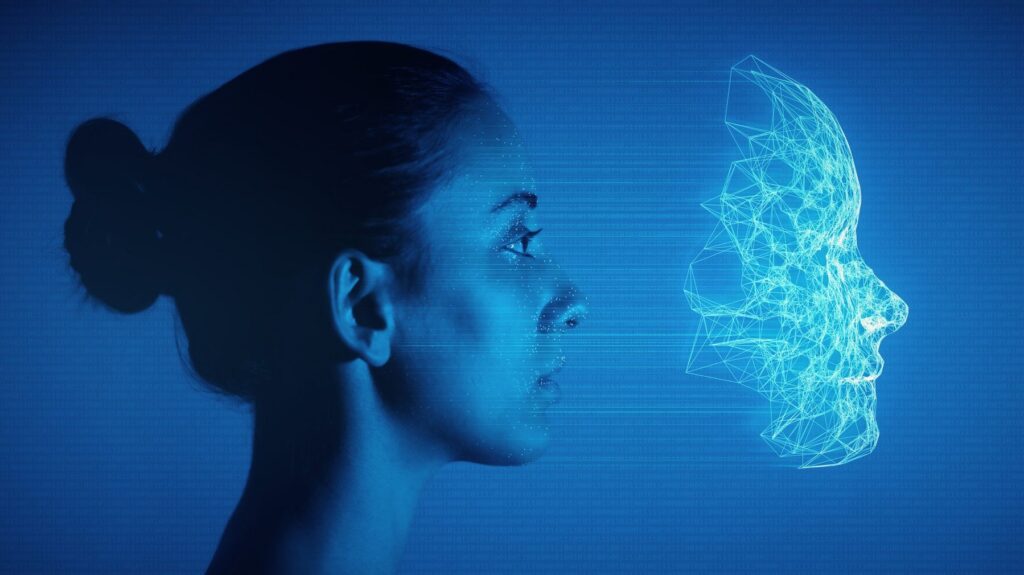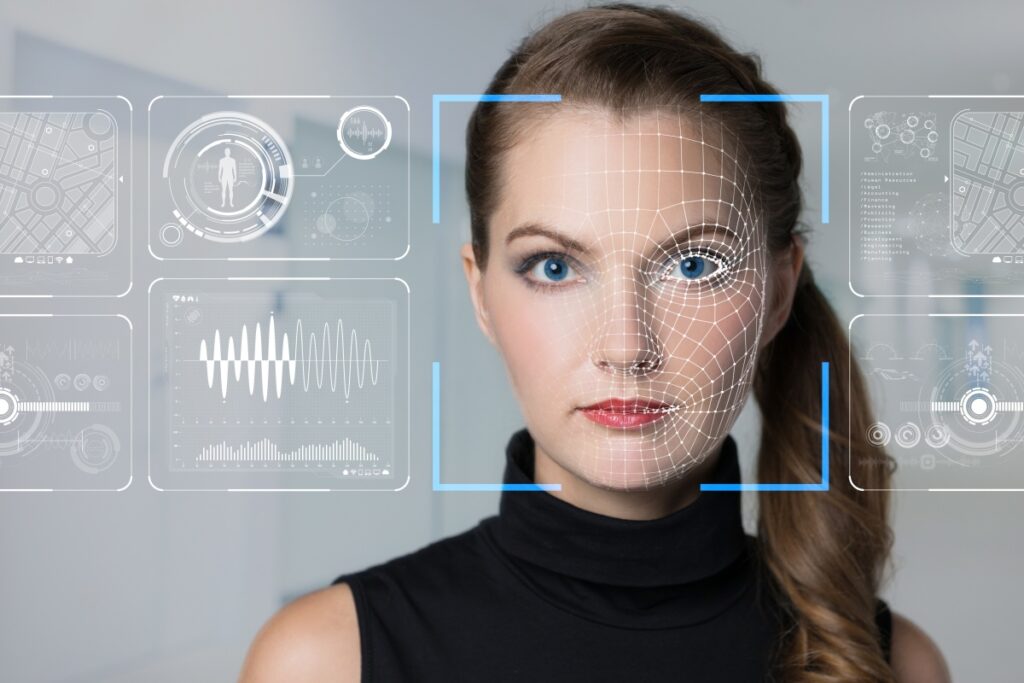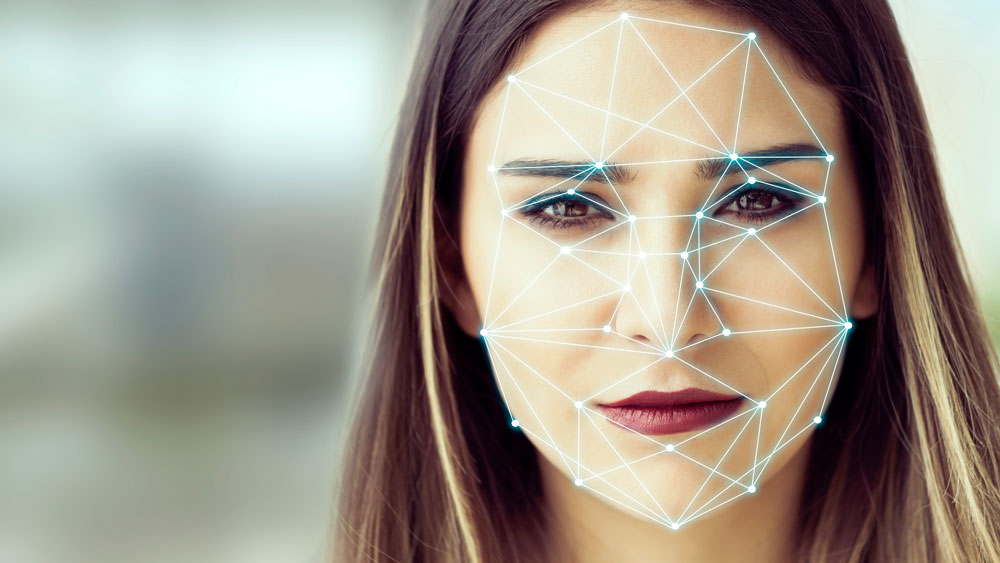Facial analysis is a rapidly growing field that has every chance to transform the way businesses interact with their customers. Surely, this technology is not a newcomer. It has been utilized for security and surveillance for quite some time.
For example, the new face-shape AI technologies have completely revolutionized the field of biometrics.
However, with the advancements in machine learning (ML) and artificial intelligence (AI), it is now possible to gain insights into consumer behavior and preferences by analyzing their facial expressions, eye movements, and other subtle cues. All this info can further be used to create more personalized marketing campaigns, improve customer experience, and better understand consumer sentiment.
There are various ways in which brands can leverage facial analysis to gain a competitive advantage in today’s fast-moving business environment.
How Exactly Brands Can Make the Most of Facial Analysis

Source: aimagazine.com
1. Personalization
It is no surprise that nowadays people value being taken as individuals. So, personalization is key if you strive to win their hearts. By analyzing a person’s face, facial analysis technology can determine their age and gender or even read their emotions. And this data is much more important than it may seem. Relying on this kind of info, businesses can both improve their customer experience and create more tailored marketing campaigns.
One of the brightest examples here may be KFC, the world-famous American chain of fast food restaurants. In one of the restaurants in China, they offer facial analysis to predict people’s fast food preferences. Everything a person has to do is to gaze at the screen, allowing the AI-powered technology to anticipate their order. The system can even identify regular clients and remember their previous orders.
The sphere that has definitely tried to use face analysis technology to the maximum is the beauty industry. For example, virtual makeup try-on tools have become part and parcel of the beauty world.
They let customers virtually try on makeup, without the need to physically apply the products. Such world-known brands as Sephora, L’Oreal, and Maybelline New York offer this feature to their customers. But what is more important, they even provide beauty product recommendations, taking a person’s skin color into account.
Luckily, not only world-famous brands have a chance to use such tools, as they are becoming more and more available with each passing day. For example, Banuba’s TINT is a perfect choice for those willing to integrate face analysis into their business.
The SDK can boast of cutting-edge face-tracking technology, ensuring accuracy and realism in product representation. With its advanced technology and versatility, this software is steadily becoming a favorite among beauty brands seeking to enhance the customer experience both online and in-store.
2. Customer Research

Source: entrepreneur.com
Using facial recognition technology to track customer behavior and preferences in real-time has already become the reality. With its help, business owners can see which products captivate their clients’ attention most and make adjustments to their store layout and product offerings later.
Also, by analyzing facial expressions and eye movements, brands can determine people’s emotions and realize whether their customers are happy, frustrated, indifferent, etc. Later, they can use this information to make the necessary improvements and provide better customer support.
Another way how brands use facial analysis for customer research can be shown by the example of Reebok, the world-known sportswear and footwear brand. It used face detection software in one of its New York stores to gather information about its customers.
The technology could scan faces from a distance and determine the customer’s age and gender, tracking their eye movements with an accuracy of 90%. This way, Reebok got the general picture of its average customer and their preferences.
3. Targeted Advertising
Targeted advertising is the practice of showing advertisements to specific audience segments based on various factors, such as demographics, interests, behaviors, and online activities. The goal of targeted advertising is to reach the most relevant and interested audience, increasing the chances of a successful advertising campaign.
By tracking the success of advertisements, brands can see which ones are resonating with their target audience and adjust their strategy accordingly. Any company could use facial analysis to determine which advertisements are eliciting positive emotions and reactions from customers, and use that information to create more effective marketing campaigns in the future.
Successful Implementation of Facial Analysis in Branding

Source: smartcitiesworld.net
The successful implementation of facial analysis in branding requires careful planning and execution. To begin with, it is important for brands to choose the right technology and tools to ensure accuracy and reliability. Brands must also obtain consent from consumers and ensure that their data is protected in accordance with legal regulations.
Integrating facial analysis into branding strategy can be achieved by conducting a thorough analysis of consumer emotions and behavior, and tailoring marketing efforts to meet their needs. Personalized marketing is an important aspect of branding, and facial analysis can be used to achieve this by providing insights into individual preferences and habits.
To ensure that staff is properly trained and that the technology is being used correctly, brands must establish clear guidelines for the use of facial analysis in branding. These guidelines should be regularly reviewed and updated as necessary to ensure that they reflect the latest best practices.
Examples of successful implementation of facial analysis in branding can be seen in a range of industries, from retail to healthcare. In the retail industry, facial analysis has been used to analyze customer behavior in stores and provide personalized recommendations based on their emotions and preferences. In the healthcare industry, facial analysis has been used to identify early signs of illness and provide timely interventions.
Despite the benefits of facial analysis in branding, there are also potential challenges and concerns that brands need to be aware of. Ethical concerns around privacy and consent, accuracy and bias issues, and consumer perception and acceptance are some of the key challenges that need to be addressed. Legal regulations and compliance must also be taken into account to ensure that facial analysis is being used in a responsible and ethical manner.
Wrapping Up
Facial analysis offers numerous opportunities for businesses to get to know their customers better. By leveraging this technology, brands can create more personalized marketing campaigns, optimize the in-store customer experience, understand client sentiment, and monitor the success of their advertisements.
With the rise of facial analysis, the future of brands looks much brighter, and businesses that embrace this technology now will definitely gain a competitive advantage later.

















